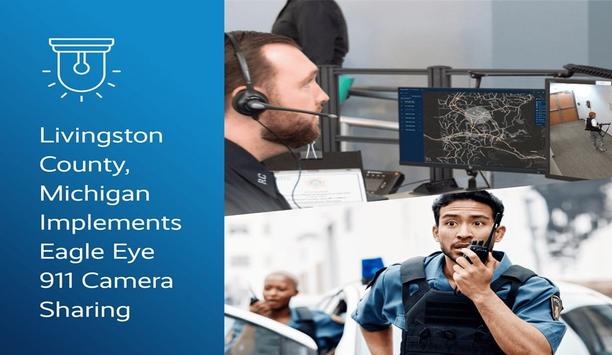Smart phone video played a starring role in the investigation following the Boston Marathon bombing in 2013. The investigation also highlighted limitations in existing systems related to incorporating crowdsourced information, including video, audio, still images and other data. What's needed, and doesn't exist yet, is a system that can unify the information – the thousands of video snippets and still images from smart phone cameras – into a “big picture” that reflects the benefits of all those viewpoints in a unified whole that can actually push the investigation forward.
Dr. Bojan Cukic, director of CITeR's West Virginia University founding site, calls the challenge “crowdsourcing and investigation of security in completely unrestrained captured situations.” As a result of the Boston bombing, the ability to create tools that can be used with crowdsourced information and investigation moved up the center's priority list. (CITeR is the Center for Identification Technology and Research (CITeR) – see other articles based on my interview with Dr. Cukic “Soft” biometrics among the next wave of innovation under study and CITeR working to make face, iris and fingerprint recognition systems better.)
"The Boston Marathon investigation opened everyone's eyes to the volume of information law enforcement received and could have used," says Dr. Cukic |
After the bombing, investigators were flooded with video, audio and still images from the site – much more than there are currently tools to analyse. A challenge is how to correctly position and correlate data in time and space. For example, what if two images are taken at one location from opposite sides of the street? Exactly when in a timeline was each piece of data created? Being able to analyse the totality of information from multiple sources depends on a system that can compile and analyse the data as a whole. Without such a system, each data point remains separate and cannot be analysed in context and as part of a bigger picture.
“The Boston Marathon investigation opened everyone's eyes to the volume of information law enforcement received and could have used,” says Dr. Cukic. “Our centre's government and industry sponsors became aware of the problem, and they translated it into research problems our centre can address.”
The research centre's work is just an example of how crowdsourced information is changing the market. Almost everyone now carries a smart phone camera capable of taking high-resolution video, so what opportunity is there to harness that massive data source to the benefit of security and surveillance? You are seeing video management systems already embracing the idea of using smart phone video as a source to, in effect, extend the reach of any video system in real-time to respond to an emergency. Not only is Big Brother watching, but we are also all watching each other.
Obviously, technology capabilities have expanded so fast that we haven't yet been able to maximise their benefit to the security and video surveillance market. The smart minds in the market and in research, including Dr. Cukic, are looking at how we can assemble a mind-numbing pile of puzzle pieces into a useful whole.
 | Bojan Cukic Director CITeR's West Virginia University |









































